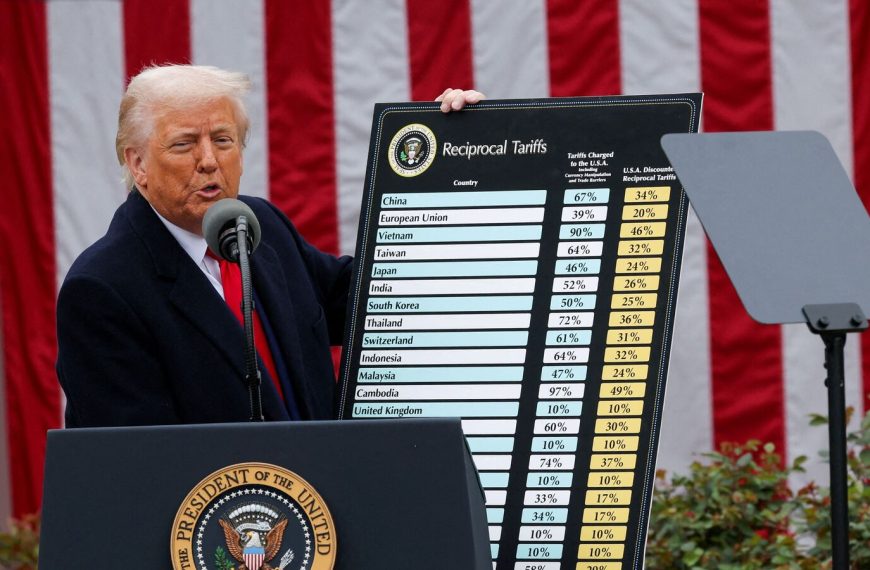Indian Stock Market Update: Caution Prevails as FY25 Concludes
As the financial year comes to a close, Indian stock markets finished the last trading session of FY25 in negative territory. Investors are treading carefully in anticipation of upcoming tariffs that U.S. President Donald Trump is expected to announce. Today’s focus also includes the release of the U.S. Personal Consumption Expenditures (PCE) data, which could provide insights into future interest rate adjustments.
Market Performance Overview
The Nifty 50 index experienced a decline of 0.31%, settling at 23,519 points. Similarly, the Sensex dropped by 0.25%, closing at 77,414. Broader market indices reflected this bearish trend as well:
- Nifty Midcap 100: Fell 0.32% to 51,672
- Nifty Smallcap 100: Decreased 0.15% to 16,095
Despite this downturn, it’s worth noting the remarkable recovery observed in March, driven by robust Foreign Portfolio Investor (FPI) inflows, which led to substantial gains for frontline indices over the fiscal year. The Nifty 50 and Sensex recorded overall increases of 5.34% and 5.40%, respectively, much of which was achieved in the last ten trading days as overseas investors regained optimism about the Indian market.
Global Trade Tensions Intensify
The atmosphere of uncertainty is exacerbated by escalating trade tensions, particularly following President Trump’s announcement of a 25% tariff on automobile imports. He further warned of imposing "far larger" tariffs on the European Union and Canada if they collaborate against U.S. trade strategies. This development is pivotal as the tariffs are expected to impact various sectors and countries, with a particular focus on reducing a $1.2 trillion global trade deficit.
Market volatility is anticipated as investors react to the specifics of the tariff announcements, including the sectors affected and potential retaliatory actions from other nations. However, Trump has hinted at the possibility of granting exemptions to several countries, with India actively negotiating to safeguard its major exports.
Sector Performance Highlights
In the sectoral landscape, only two of the thirteen major indices showed resilience amidst the overall market decline:
- Nifty FMCG: Gained 0.59%, buoyed by expectations of improved sales due to better liquidity in the financial system.
- Nifty Private Bank: Saw a marginal increase of 0.15%.
Conversely, the Nifty IT sector suffered the most, plummeting 1.76% due to concerns about a potential slowdown in U.S. growth stemming from the ongoing trade disputes. Other sectors, including Nifty Realty, Nifty Auto, Nifty Metal, and Nifty Pharma, all faced losses ranging from 0.65% to 1.45%.
Expert Insights on Market Dynamics
Vinod Nair, Head of Research at Geojit Investments, commented on the market’s performance: “Asian markets are entering a new phase of consolidation as the latest U.S. tariffs are likely to significantly impact major manufacturing economies. The increase in Japan’s Consumer Price Index (CPI) is also contributing to current market weakness.”
He further stated, “On the domestic front, the upward momentum has stalled as investors assess the implications of these tariffs on various sectors, including auto and pharmaceuticals. Concurrently, gold prices have surged to new heights amid fears that an escalation in the trade war could harm global economic stability.”
Technical Outlook for Nifty
Rupak De, a Senior Technical Analyst at LKP Securities, provided insights on the Nifty’s technical status: “The Nifty displayed volatility on the first day of the new series, eventually closing lower. Following a high around 23,800, the index has been in a consolidation phase. Immediate support is seen at 23,400. A drop below this level could push the Nifty towards 23,200, where crucial support lies.”
He added, “If the Nifty manages to stay above 24,200, further upward movement may be observed. Conversely, if it holds above 23,400, it might trend upwards towards 23,600 and beyond.”
As investors navigate these turbulent waters, remaining informed and adaptable will be crucial for making strategic investment decisions.









